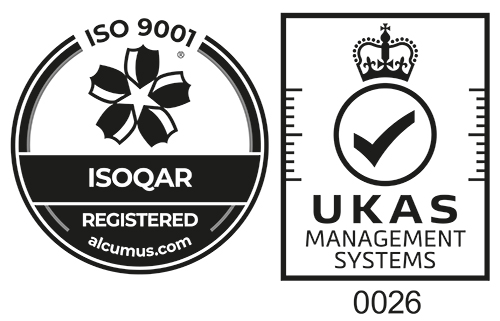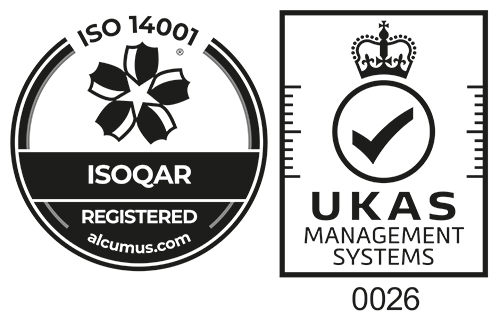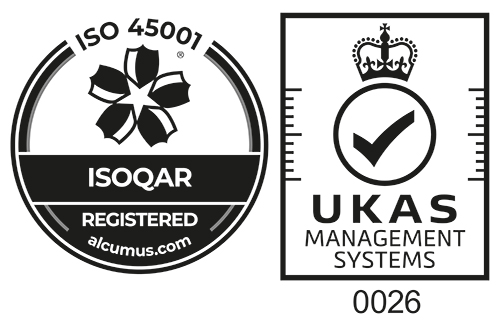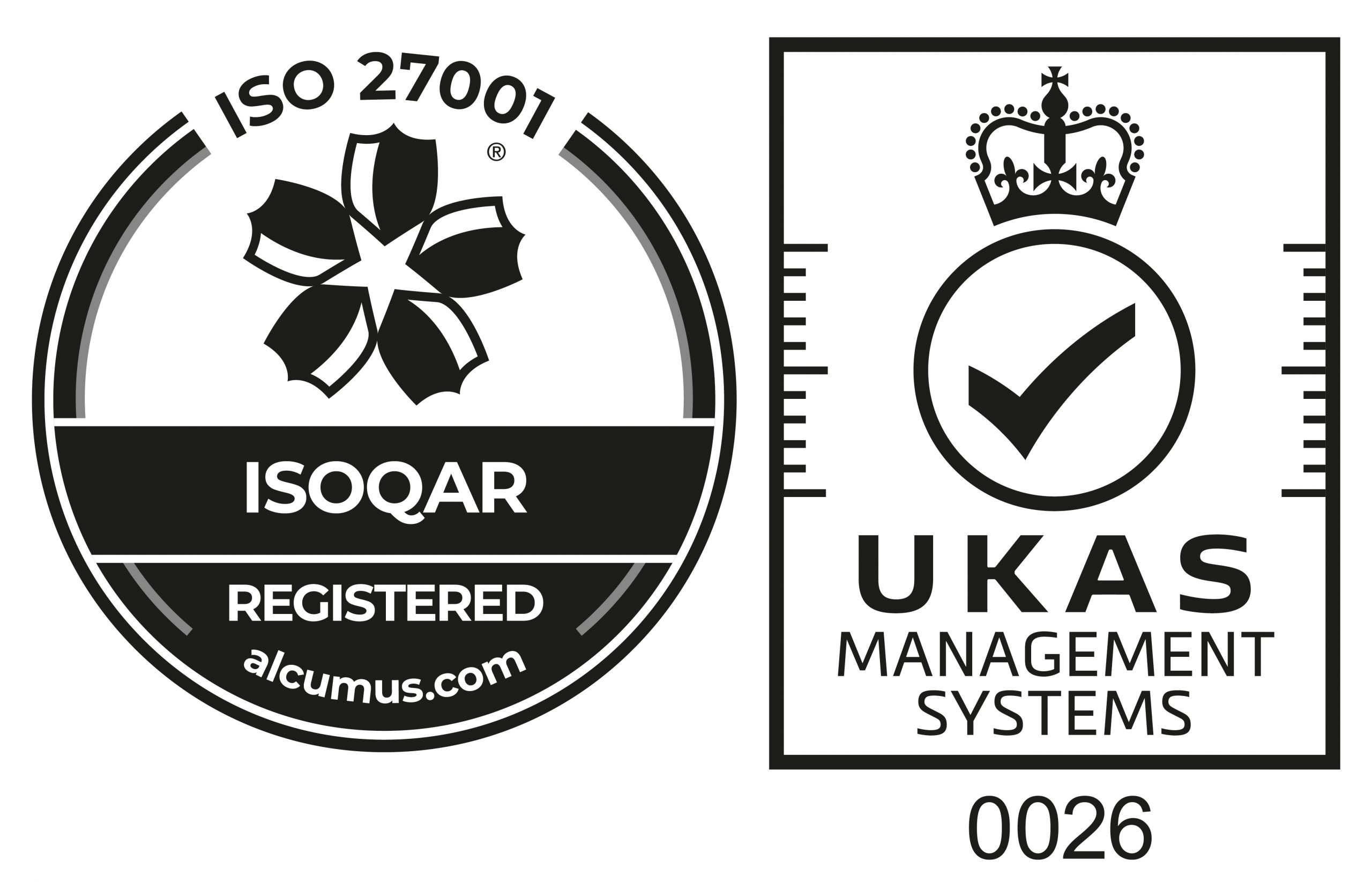Work related ill health in the construction industry has returned to rates last seen in 2008–09 following an increase of around 9% in 2015/16, according to the latest annual statistics from the HSE.
Across all industries, the proportion of the workforce suffering with an illness caused or made worse by work also increased slightly, helping to swell the number of working days lost to ill health from 23.3m in 2014–15 to 26m last year.
The number of people in the building sector reporting that they had developed an illness caused or made worse by work in the last year went up from 76,000 in 2014–15 to 84,000 in 2015–16.
Following a decline in the rate of self-reported illness between 2006–07 and 2011–12, the proportion of the construction workforce suffering an illness has increased each year since.
The HSE figures show that the rate in 2015–16 stands at 3730 per 100,000 – around 3.7% of the workforce – compared to 3410 in the year before. In 2011–12, it was 2570.
Out of the 84,000 construction workers who said they had an illness in 2015–16, two-thirds (56,000) said they had a musculoskeletal disorder.
However, fewer construction industry workers were injured last year, according to reports made under RIDDOR. The rate of injuries requiring seven or more days’ absence fell from 279 per 100,000 workers in 2014–15 to 259 in 2015–2016.
Specified injuries – the most serious – also declined slightly, from 143 to 139 per 100,000.
The rate of illness across all industries in 2015–16 was 4050 per 100,000 workers, a five year high.
Musculoskeletal disorders were the most common forms of illness, accounting for 41% of the total, followed by stress, depression or anxiety, which made up 37% of all illnesses.
The total amount of time that illness forced workers across all sectors of the economy to take off sick also increased last year to its highest since 2007–08. There were nearly 26m days lost to work related ill health in 2015–16, up from 23.3m in 2014–15 and 21.4m in 2010–11.
Rates of illness in the manufacturing sector also increased slightly last year, from 2560 per 100,000 workers to 2630, though in 2013–14 the rate was higher still.
The number of injuries in the manufacturing sector has remained broadly static at around 13,500 over the past two years. The rate of over seven day injury also declined slightly from 384 to 360, and specified injuries followed a similar trend: from 107 to 103.
Around 621,000 workers sustained a non-fatal injury at work in 2015–16 according to self-reports. Some 200,000 had injuries that led to an absence from work of over three days, of which 152,000 had absences of over seven days.
Injuries sustained while handling, lifting or carrying were the most common (20%), followed by slipping or tripping (19%) and being hit by a moving object (10%).
The sector with the largest increase in the rate of illness was education, which climbed from 3270 illness per 100,000 workers in 2014–15 to 4070 in 2015–16. The number of people working in the sector who said they were suffering from stress, depression or anxiety increased by nearly 50% to 76,000.
To find out more about us and the system then please click here
Source: Chris Warburton Heathandsafetyatwork.com







